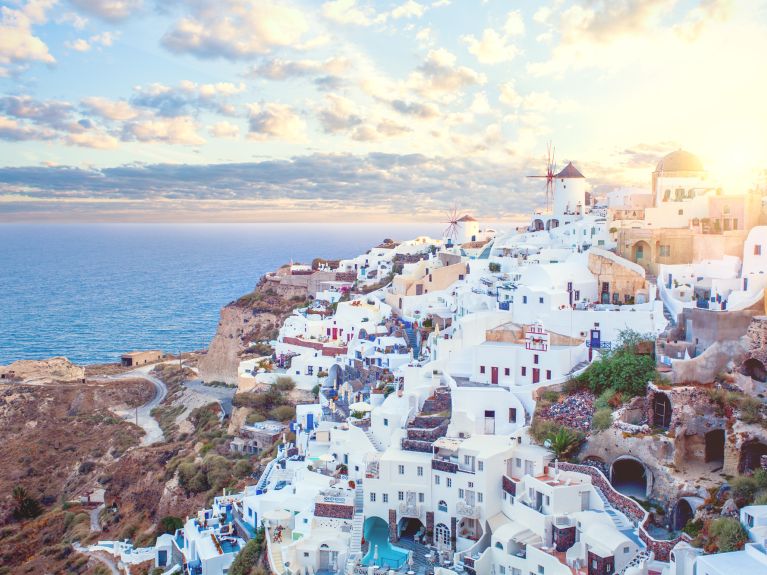Cooling cities in the heat
Summers are getting hotter, and climate change is presenting city planners with new challenges. We show what Germany can learn from other countries.

Global warming doesn’t spare cities; on the contrary, asphalt and concrete are excellent heat accumulators. They absorb heat during the day and release it at night. This is a growing problem, especially in cities, since the number of heat waves in Germany has doubled since 1980. That is why scientists and urban planners are testing how they can make cities cooler in the summer. Here we look at what Germany can learn from other countries.
Cooling cities with plants
Trees provide not only shade but also cooling through the evaporation of water. The same applies to other plants. That is why many cities are banking on greening to fight the summer heat.
Dieses YouTube-Video kann in einem neuen Tab abgespielt werden
YouTube öffnenThird party content
We use YouTube to embed content that may collect data about your activity. Please review the details and accept the service to see this content.
Open consent formThe 80 and 100-metre high Bosco Verticale towers in Milan are a European showcase project. Around 900 trees and more than 2,000 other plants adorn the terraces, balconies and facades of the two high-rise buildings.
Light colours against heat storage
Another strategy for cooling down is “cool roofs”. The roofs made of light-coloured materials have been part of the climate strategy in California since 2014. In Los Angeles, even entire streets were painted white in 2019. The light surfaces reflect the sunlight instead of absorbing it. Thus they stay cooler. In Europe, houses in the Mediterranean have been painted in light colours for centuries.

Engineer Amandine Crambes from the French environmental and energy authority Ademe explains that, at temperatures of around 26 degrees Celsius, “a dark roof can get up to 80 degrees Celsius”. “The same roof in a light colour reaches no more than 45 degrees, while a green roof reaches only 29 degrees.”
Photovoltaics for more green energy
Photovoltaic systems on rooftops also provide cooling - and produce green electricity. In Europe, France is a pioneer in this area. Since 2015, all new commercial buildings in France have had to cover their roofs either with plants or solar modules.
You would like to receive regular information about Germany? Subscribe here:



